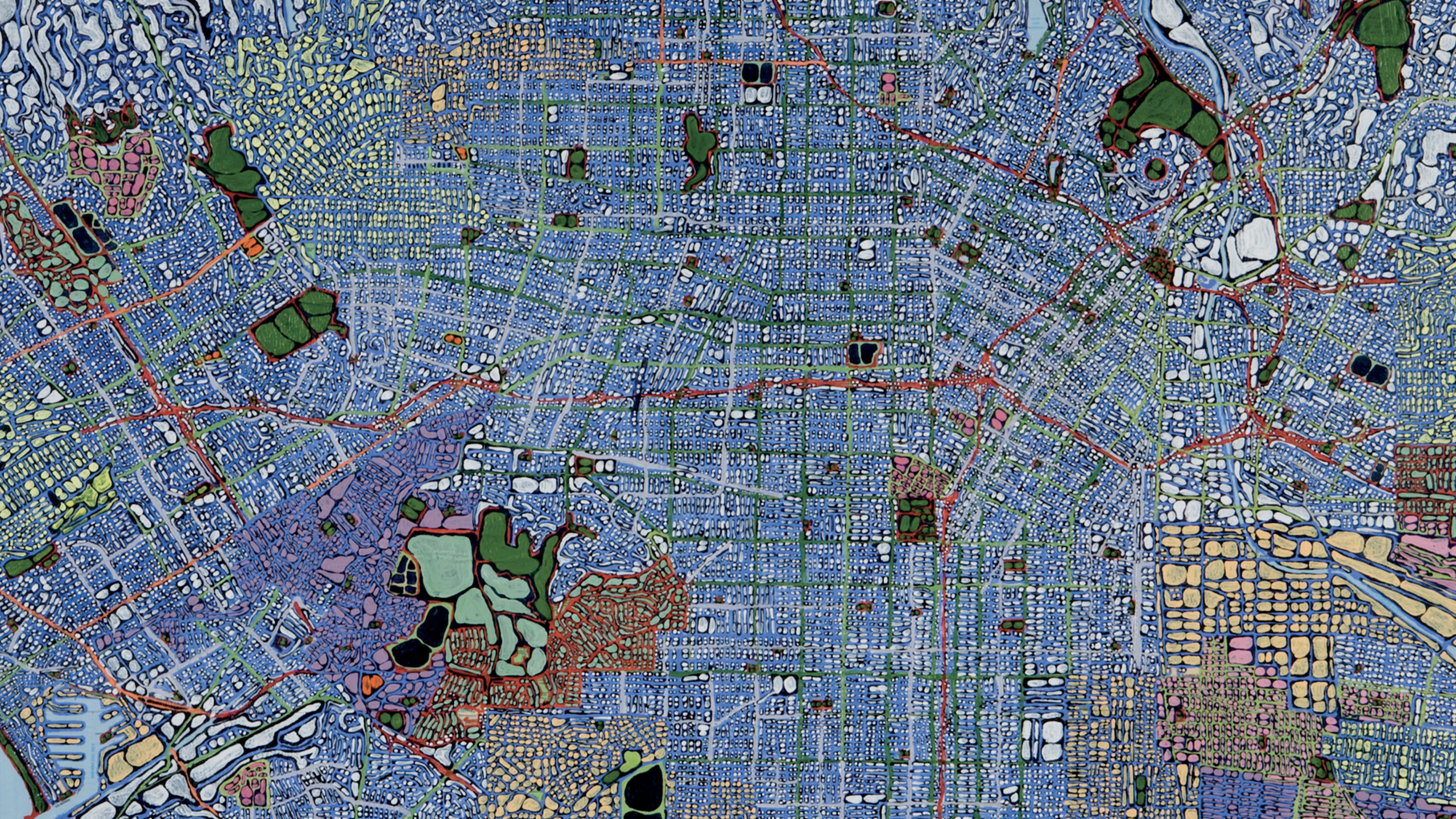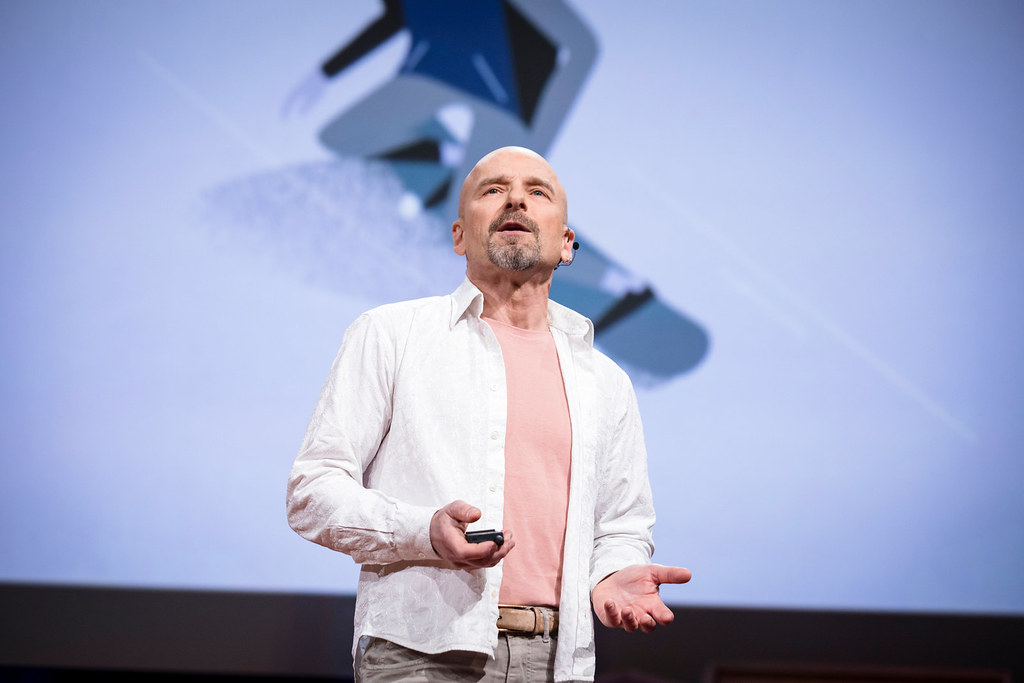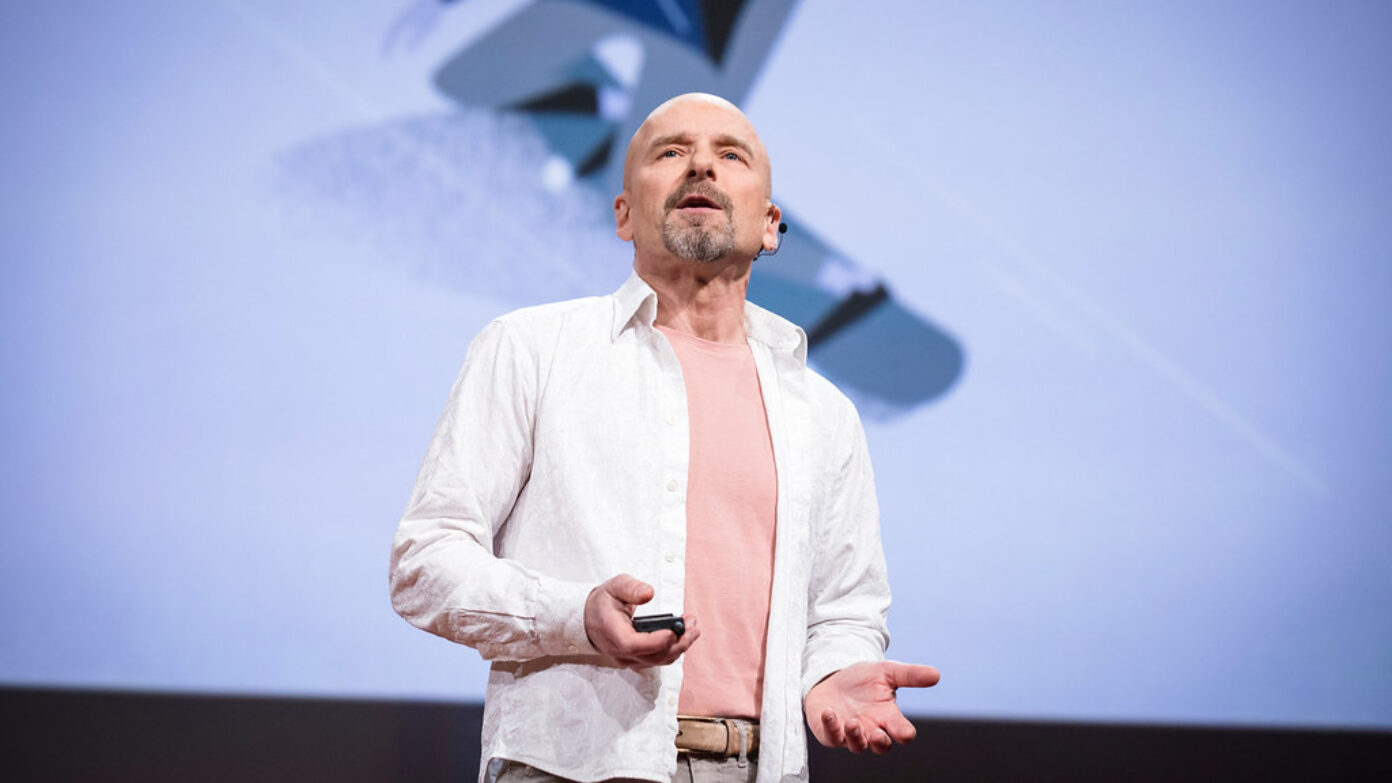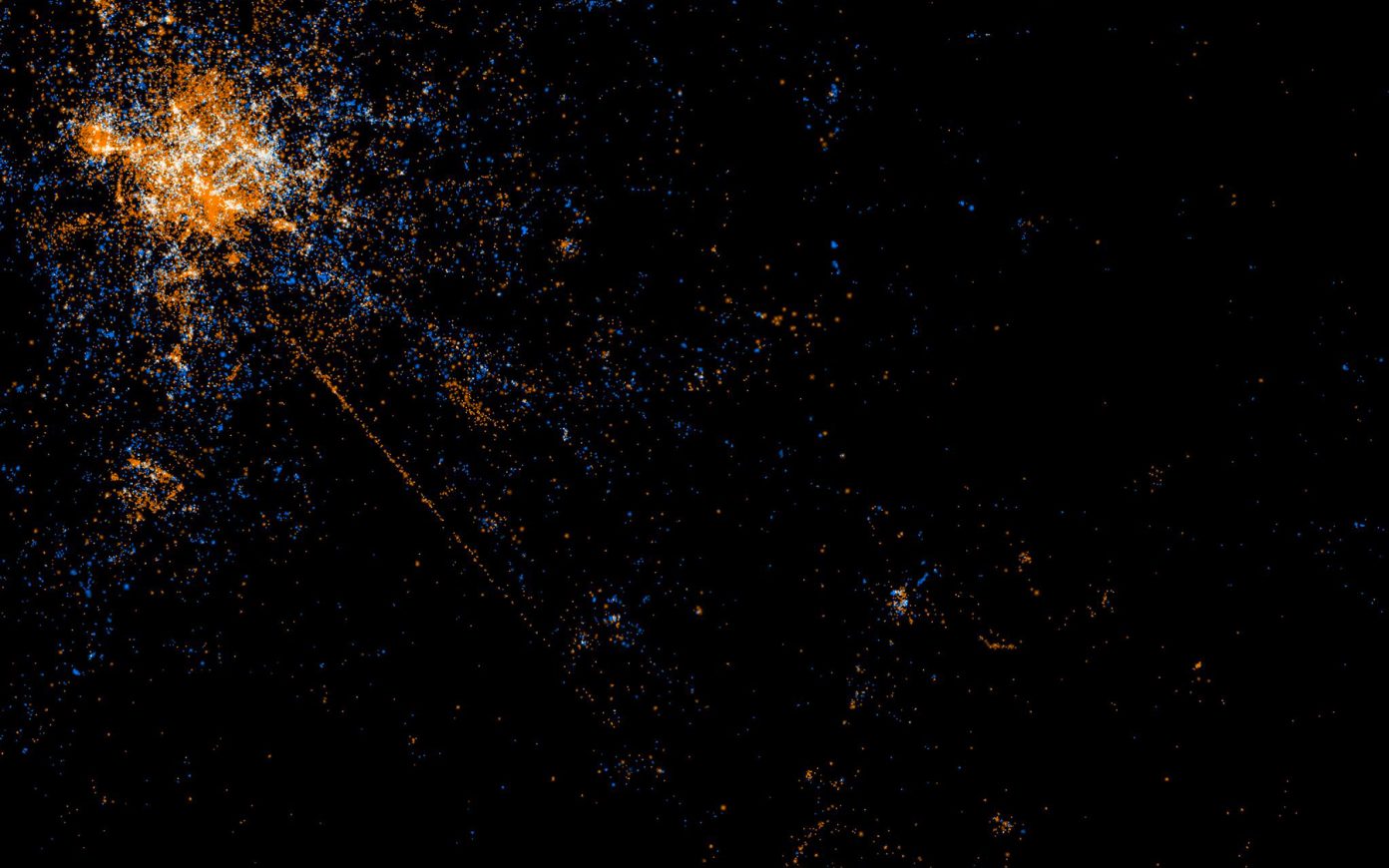You have a multidisciplinary approach at the nexus between geography, photography, and urban anthropology. How does it inform your thinking regarding spatial issues and what lessons do you draw regarding the urban transition?
Sandra Lavadinho: There is currently a lot of talk about ecological, urban, and economic transitions, however, these cannot be considered without first undergoing a shift in behavior. Though too often forgotten, it is, I believe, the prerequisite for change. The shift can be brought about by space, as demonstrated by the influence of proxemicsProxemics is the study of social distance, developed by anthropologist Edward T. Hall in the 1960s. on interactional dynamics. One of the key questions for urban planners therefore relates to designing amenities that can foster better social behavior, using nudging strategiesNudges aim to gently steer individuals towards desired behaviors without resorting to coercive methods. Nudging was theorized by Richard Thaler and Cass Sunstein in 2008 in their book Nudge: Improving Decisions about Health, Wealth, and Happiness. to gently steer the decision-making process and encourage acting out.
I have always been interested in space, first through my training in psychology on issues related to minorities, to influence, and the environment, and later through my work as a photographer and anthropologist. Photography has allowed me to develop an attention to things without engaging in prior scientific questioning or having to set expectations. I can approach anything in a free and dynamic way, which has influenced my practice of participant observationA methodology used in ethnography whereby researchers aims to immerse themself in a culture or group to improve their understanding of its inner workings.. Since then, I have always made sure to free myself from all assumptions about any given space in order to observe social interactions happening there with great freedom of questioning. It is in the second stage, and only then, that I make assumptions about how people behave, paying particular attention to what they “don’t do.”
Developers customarily adapt to user behavior. In contrast, the understanding of “latent behavior” is explored to a lesser extent. These unrealized behaviors are the gestures that subjects could or would like to perform but which are, for whatever reason, prevented by their surroundings. Observed behavior is only the surface of things, and considering these “quasi-decisions,” the near misses, would open a new world of projects to urban designers. Though it may sound utopian, we must strive to offer people the city of their dreams rather than the city of their reality. Our responsibility is therefore to respond to declarations, but also to take into account the gap between what people say and what they do, and then to understand why latent desires aren’t expressed, with the aim of making them possible. We must endeavor to create spaces for utopia. Spatial design provides a way of gently influencing social micro-interactions, and when behaviors change, our relationship to time, the environment, consumption, and mobility will unfailingly also change, allowing us to kickstart the transition.
Such a relational approach to the city invites us to re-examine the canons of urban design. Likewise, are you under the impression that we are moving away from a mode-centric, engineering vision of mobility?
I believe that our vision of mobility is still geared too much towards functionality, with trips being viewed as simply meeting a need and often perceived as restrictive as people need to go from point A to point B as quickly as possible in order to not “waste time.” If mobility were to be considered an experience in itself, making long journeys would become much more acceptable, if not pleasant.
Reading Laura Vanderkam’s 168 Hours: You Have More Time Than You Think my approach to chrono-urbanism by making me better take into account the full length of our days. Of the 168 hours that we have in a week, we spend an average of roughly 20 hours on travel. Depending on how these hours are experienced, a relationship of love or hatred is woven into the experience of the city. With few exceptions, such as coffee breaks, the time we spend outside in the city, away from home or the office, is mainly travel time—for example, for shopping, picking up children at school, heading to appointments with a doctor, and so on. The perception of cities is therefore essentially tied around the experience of these twenty hours of travel. Depending on whether this time is lived in a dynamic of pure transit, or whether it incorporates micro-stays or sociability, the quality of urban life will be strongly impacted.
We are now seeing a whole discourse emerging around the quarter-hour city, but amenities, services, or natural spaces are rarely that close to where people actually live, which increases perceived levels of neighborhood inequalities within cities. It would be a mistake to imagine that we could cluster everything we need within a single kilometer around our homes, including in metropolitan cities. The distance from home to work proves this, as only a few people work within fifteen minutes of where they live. The core issue here is therefore to find new ways of managing scales of proximity beyond the first kilometer.
I believe we should drop the “quarter hour” standard and to revive the “five kilometers” metric, which amounts to an hour’s walking distance, and which long formed the basis of how cities were laid out. Having an acceptability limit set at fifteen minutes is arbitrary and recent, and in no way corresponds to the reality of our territories. If we were to manage to make an hour or two of transport, all modes combined, acceptable, while having people invested in their mobility rather than “enduring” it, our spatiotemporal relationship with the city would be greatly modified. For example, taking the time to walk one’s child to school and perceiving this period of time as a shared moment is a way of removing oneself from the functional approach. The “time budget” allocated to mobility would be greater, while also becoming higher quality, since this would involve moving away from considering travel time as negative downtime that has to be minimized and towards viewing it as positive downtime that can be valued as a moment to develop richer relations. The question of the transport experience then becomes central and connects with the way our relationship with the city is constructed around that moment. Placing events and interactions at the heart of spatial devices would make it possible to design cities through relations rather than functions. Such a paradigm shift would help generate what I call “the relational city.” I feel that the mobility event, which now only forms a thin film deposited on the layer of the functional city, must be embedded in its DNA in order for it to arise more spontaneously.
Concretely, nowadays, people try to make the most out of their commutes, which are viewed as wasted time, by making calls in the street, working on the train, answering emails or listening to the radio in the metro, et cetera. This behavior cuts us off from unexpected micro-moments of sociability and reduces the urban relationship to a form of individualism. I believe it is absolutely essential that the dynamics of proximity be recentered in order to provide us with the physical and psychological conditions that allow us to remain open and available to others. As urban designers, we therefore have a responsibility to make mobility “habitable”. We must pay attention to the various atmospheres and to physical and intellectual comfort during the different legs of the journey, in particular by imbuing space with a variety of affordancesA concept developed by psychologist James J. Gibson in 1977 in The Theory of Affordances. Affordances are the action possibilities “suggested” to the individual by the objects in their environment, providing bearings in order to deploy possibilities for détournement.
The aim here is to influence the way we physically move our bodies as well as our cognition in order to promote interactions with others through what I call “the blah-blah theory,” which is the possibility of getting to chat with others. A chaotic journey, fraught with obstacles, layovers, intrusive advertising and announcements, and drowned in the crowd, commands our full attention simply to avoid bumping into others, thus preventing us from achieving a state of “floating” attention. We are entitled to urban spaces that make our lives easier rather than subjecting us to cognitive demand, and that they allow us to drift into a regime of floating attention that makes us broadly available to our environment.
I view allowing people to “inhabit mobility” as a way of offering space and time. Most people have very little time capital and have perhaps only 5, 10, or 15-minute bills in their time wallet. It is very infrequent to have 30 or 60 minute bills to spend freely. Giving people time would also mitigate a large number of urban problems. Carbon dioxide emissions are correlated with speed, for example, therefore, providing more possibilities for people to go slower will result in lower financial and carbon impacts. In my opinion, the dilemma of urban planners and developers lies in the fact that they use adjustment variables that are based in space rather than in time. We should work on building more free time and recovery time into people’s lives.
We are mistaken in considering that we are undergoing a shift from an era of mass mobility to one of individual mobility. I believe that we still have not crossed the threshold of constellar mobility, which lies in recognizing that the mobility of individuals is closely correlated with that of the people in their social circle. Mobile phones are now the main tool for planning and adjusting our mobility. If my train is running late, I can text my partner to buy some fresh bread before the bakery closes, and they can change their itinerary in order to accomodate the request, for example. Our trajectories are continuously adjusted to those of the members of our social network, who activate them in order to compensate for their own deficits. It is therefore essential to integrate this network dimension when we are planning for mobility, whether in terms of infrastructure, vehicles or interactions.





